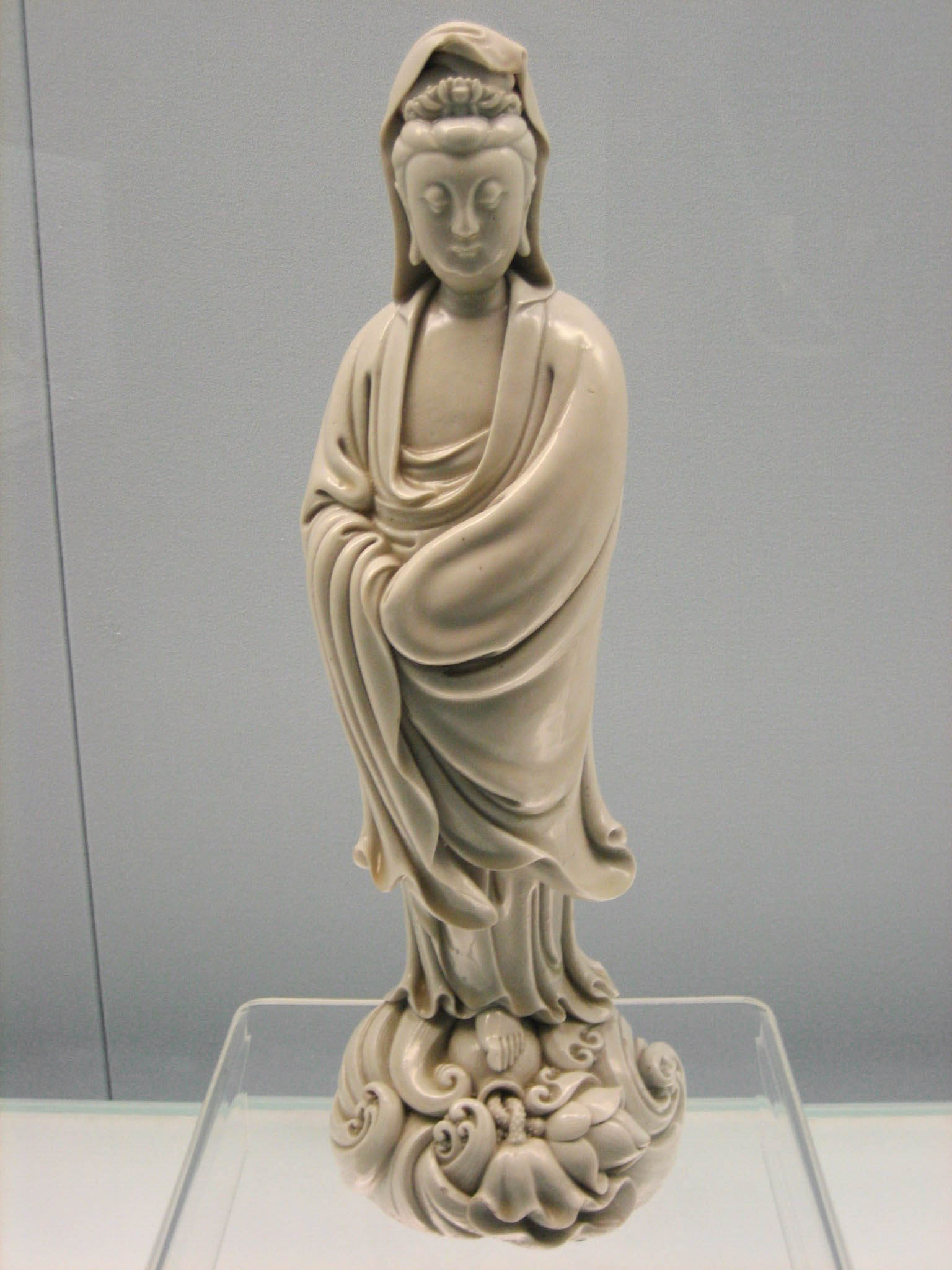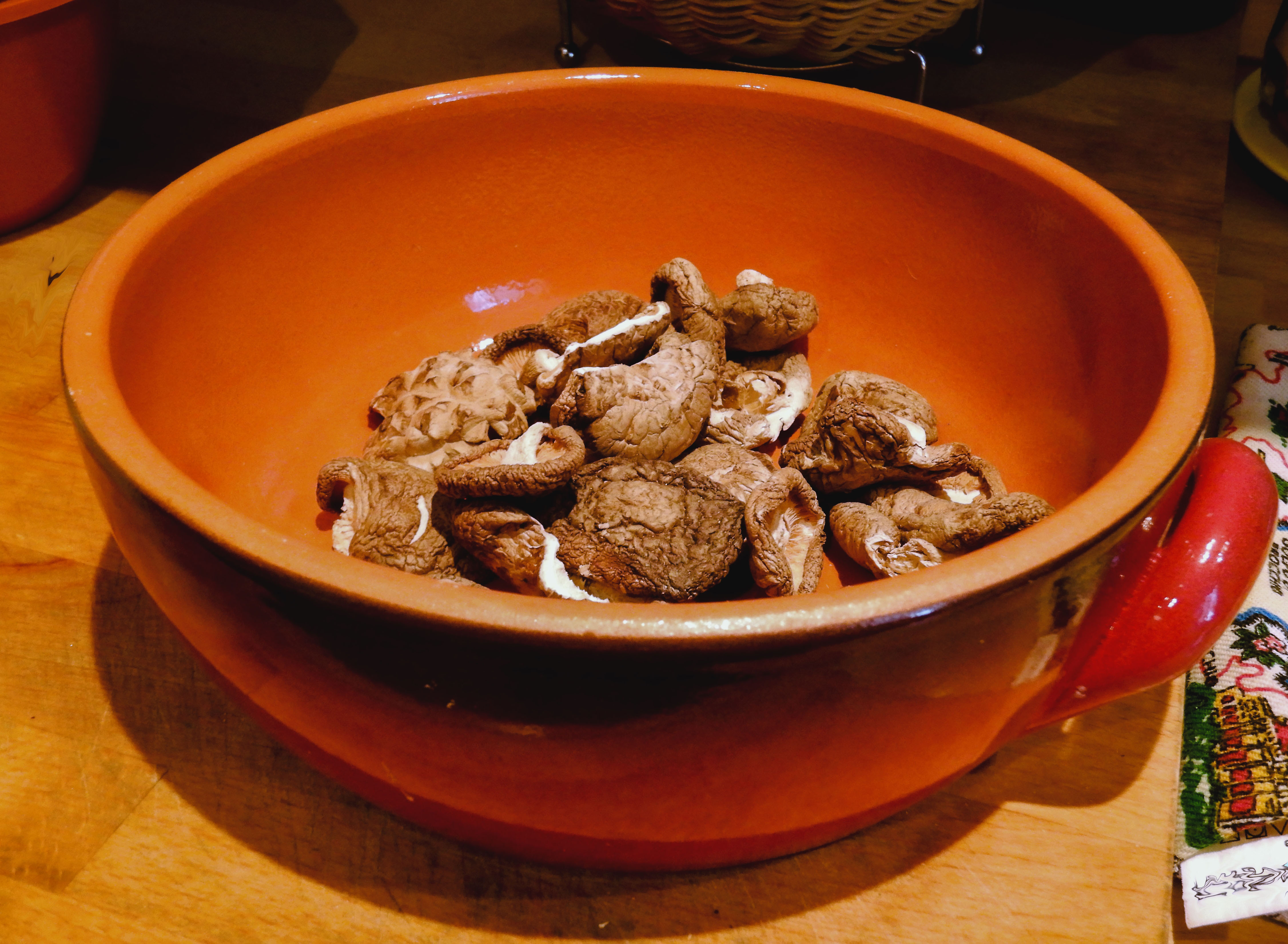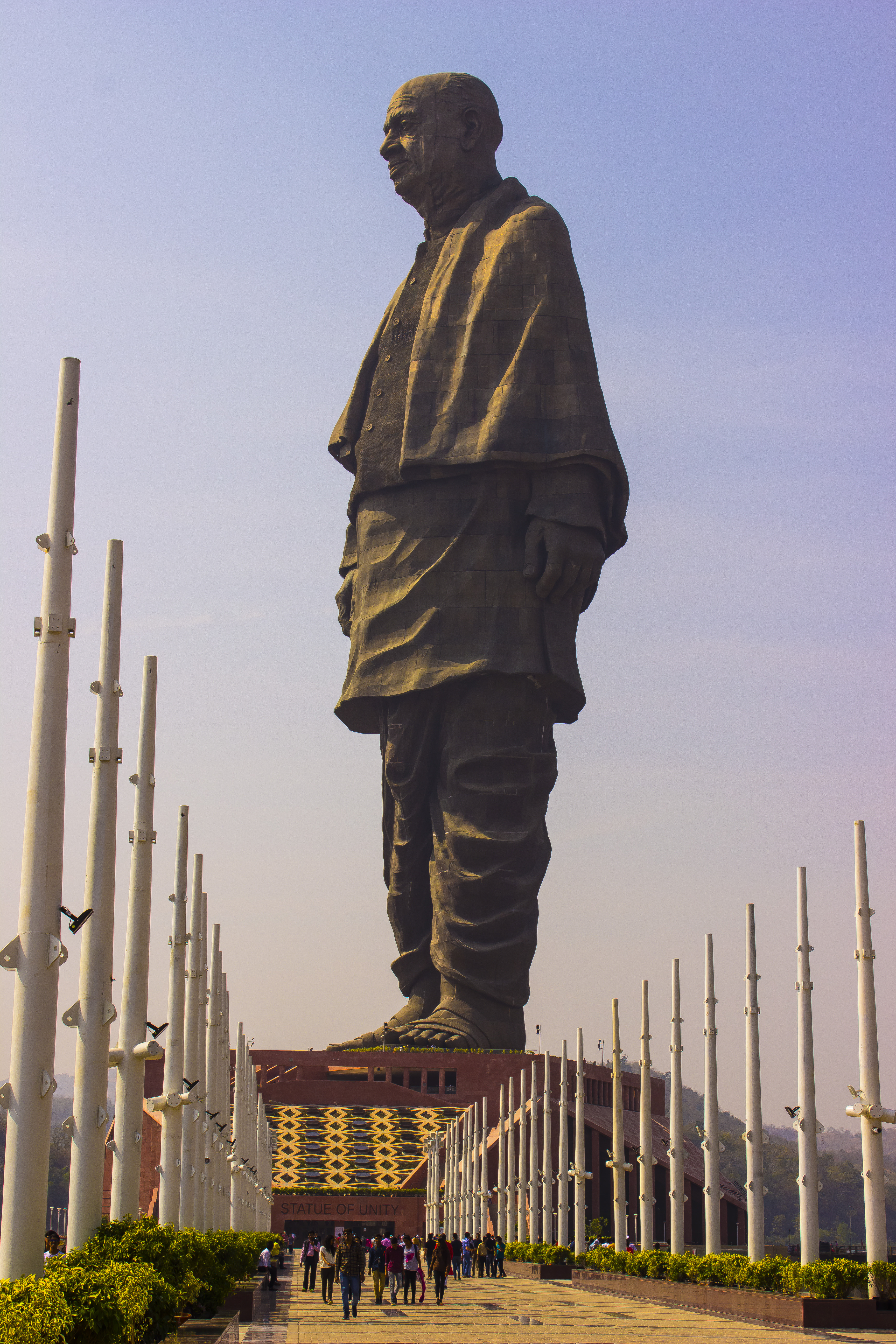|
Figurine
A figurine (a diminutive form of the word ''figure'') or statuette is a small, three-dimensional sculpture that represents a human, deity or animal, or, in practice, a pair or small group of them. Figurines have been made in many media, with clay, metal, wood, glass, and today plastic or resin the most significant. Ceramic figurines not made of porcelain are called terracottas in historical contexts. Figures with movable parts, allowing limbs to be posed, are more likely to be called dolls, mannequins, or action figures; or robots or automata, if they can move on their own. Figurines and miniatures are sometimes used in board games, such as chess, and tabletop role playing games. The main difference between a figurine and a statue is size. There is no agreed limit, but typically objects are called "figurines" up to a height of perhaps , though most types are less than high. Prehistory In China, there are extant Neolithic figurines. European prehistoric figurines of wo ... [...More Info...] [...Related Items...] OR: [Wikipedia] [Google] [Baidu] [Amazon] |
Olmec Figurine
Olmec figurines are archetypical figurines produced by the Mesoamerican chronology#Classical Era, Formative Period inhabitants of Mesoamerica. While not all of these figurines were produced in the Olmec heartland, they bear the hallmarks and motifs of Olmec culture. While the extent of Olmec control over the areas beyond their heartland is not yet known, Mesoamerican culture#Pre-Classic Era, Formative Period figurines with Olmec motifs were widespread in the centuries from 1000 to 500 BCE, showing a consistency of style and subject throughout nearly all of Mesoamerica. These figurines are usually found in household refuse, ancient construction fill, and, outside the Olmec heartland, graves. However, many Olmec-style figurines, particularly those labelled as Las Bocas- or Xochipala-style, were recovered by looters and are therefore without provenance. The vast majority of figurines are simple in design, often nude or with a minimum of clothing, and made of local terracotta. Most o ... [...More Info...] [...Related Items...] OR: [Wikipedia] [Google] [Baidu] [Amazon] |
Venus Figurines
A Venus figurine is any Upper Palaeolithic statue portraying a woman, usually carved in the round.Fagan, Brian M., Beck, Charlotte, "Venus Figurines", beliefs '' The Oxford Companion to Archaeology'', 1996, Oxford University Press, pp. 740–741 Most have been unearthed in Europe, but others have been found as far away as Siberia and distributed across much of Eurasia. Most date from the Gravettian period (26,000–21,000 years ago). However, findings are not limited to this period; for example, the Venus of Hohle Fels dates back at least 35,000 years to the Aurignacian era, and the Venus of Monruz dates back about 11,000 years to the Magdalenian. Such figurines were carved from soft stone (such as steatite, calcite or limestone), bone or ivory, or formed of clay and fired. The latter are among the oldest ceramics known to historians. In total, over 200 such figurines are known; virtually all of modest size, between about in height.Fagan, 740 These figurines are recognise ... [...More Info...] [...Related Items...] OR: [Wikipedia] [Google] [Baidu] [Amazon] |
Greek Terracotta Figurines
Terracotta figurines are a wide range of small figurines made throughout the time span of Ancient Greece, and one of the main types of Ancient Greek pottery. Early figures are typically religious, modelled by hand, and often found in large numbers at religious sites, left as votive offerings. Psi and phi type figurines are two very early and simple types, dating as far back as 1400 BCE. By the Hellenistic period, as well as a continuing production of religious figures, there was a near-industrial mass-production of sophisticated decorative figures, many of fashionably dressed women, which were often painted. These are the so-called Tanagra figurines, though Tanagra was only one centre of production. Figurines provide an invaluable testimony to the everyday life and religion of the ancient Greeks. Techniques of manufacture Modelling Modelling is the most common and simplest technique for terracotta sculpture. It is also used for the realization of bronzes: the prototypes ... [...More Info...] [...Related Items...] OR: [Wikipedia] [Google] [Baidu] [Amazon] |
Sculpture
Sculpture is the branch of the visual arts that operates in three dimensions. Sculpture is the three-dimensional art work which is physically presented in the dimensions of height, width and depth. It is one of the plastic arts. Durable sculptural processes originally used carving (the removal of material) and modelling (the addition of material, as clay), in stone, metal, ceramic art, ceramics, wood and other materials but, since Modernism, there has been almost complete freedom of materials and process. A wide variety of materials may be worked by removal such as carving, assembled by welding or modelling, or Molding (process), moulded or Casting, cast. Sculpture in stone survives far better than works of art in perishable materials, and often represents the majority of the surviving works (other than pottery) from ancient cultures, though conversely traditions of sculpture in wood may have vanished almost entirely. In addition, most ancient sculpture was painted, which h ... [...More Info...] [...Related Items...] OR: [Wikipedia] [Google] [Baidu] [Amazon] |
Terracotta
Terracotta, also known as terra cotta or terra-cotta (; ; ), is a clay-based non-vitreous ceramic OED, "Terracotta""Terracotta" MFA Boston, "Cameo" database fired at relatively low temperatures. It is therefore a term used for earthenware objects of certain types, as set out below. Usage and definitions of the term vary, such as: *In art, pottery, applied art, and craft, "terracotta" is a term often used for red-coloured earthenware sculptures or functional articles such as flower pots, water and waste water pipes, and tableware. *In archaeology and art history, "terracotta" is often used to describe objects such as figurines and loom weights not made on a potter's wheel, with vessels and other objects made on a wheel from the same material referred to as earthenware; the choice of term depends on the type of object rather than the material or shaping technique. *Terracotta is also used to refer to the natural brownish-orange color of most terracotta. *In architecture, ... [...More Info...] [...Related Items...] OR: [Wikipedia] [Google] [Baidu] [Amazon] |
Animal Figurines
Animal figurines are figurines that represent animals, either as decorative pieces, toys or collectibles. They are often made of plastic, ceramics, or metal. The earthenware Staffordshire figures of the 18th and 19th centuries were enormously popular, with Staffordshire dog figurines the most popular; these were typically made in pairs. Historically, some toy animal figurines were made of lead, and were made by several manufacturers, including Britains Limited. Companies that manufacture realistic models include Safari Ltd, Schleich and Bullyland. K. Narayanan is the '' Limca Book of Records'' (an Indian record book) holder for the largest collection of miniature animal replicas, numbering 1,773 as of June 12, 2011. Animal figurines are also created from crystal glass. Wade Ceramics created a line of porcelain animal (and occasionally other) figurines that were distributed as premiums in Red Rose Tea in Canada and the USA between 1973 and 2018. They have become popula ... [...More Info...] [...Related Items...] OR: [Wikipedia] [Google] [Baidu] [Amazon] |
Neolithic
The Neolithic or New Stone Age (from Ancient Greek, Greek 'new' and 'stone') is an archaeological period, the final division of the Stone Age in Mesopotamia, Asia, Europe and Africa (c. 10,000 BCE to c. 2,000 BCE). It saw the Neolithic Revolution, a wide-ranging set of developments that appear to have arisen independently in several parts of the world. This "Neolithic package" included the History of agriculture, introduction of farming, domestication of animals, and change from a hunter-gatherer lifestyle to one of sedentism, settlement. The term 'Neolithic' was coined by John Lubbock, 1st Baron Avebury, Sir John Lubbock in 1865 as a refinement of the three-age system. The Neolithic began about 12,000 years ago, when farming appeared in the Epipalaeolithic Near East and Mesopotamia, and later in other parts of the world. It lasted in the Near East until the transitional period of the Chalcolithic (Copper Age) from about 6,500 years ago (4500 BCE), marked by the development ... [...More Info...] [...Related Items...] OR: [Wikipedia] [Google] [Baidu] [Amazon] |
Statue
A statue is a free-standing sculpture in which the realistic, full-length figures of persons or animals are carved or Casting (metalworking), cast in a durable material such as wood, metal or stone. Typical statues are life-sized or close to life-size. A sculpture that represents persons or animals in full figure, but that is small enough to lift and carry is a ''statuette'' or figurine, whilst those that are more than twice life-size are regarded as '':colossal statues, colossal statues''. Statues have been produced in many cultures from prehistory to the present; the oldest-known statue dating to about 30,000 years ago. Statues represent many different people and animals, real and mythical. Many statues are placed in public places as public art. The world's tallest statue, ''Statue of Unity'', is tall and is located near the Narmada dam in Gujarat, India. Colors Ancient statues often show the bare surface of the material of which they are made. For example, many people as ... [...More Info...] [...Related Items...] OR: [Wikipedia] [Google] [Baidu] [Amazon] |
Deity
A deity or god is a supernatural being considered to be sacred and worthy of worship due to having authority over some aspect of the universe and/or life. The ''Oxford Dictionary of English'' defines ''deity'' as a God (male deity), god or goddess, or anything revered as divine. C. Scott Littleton defines a deity as "a being with powers greater than those of ordinary humans, but who interacts with humans, positively or negatively, in ways that carry humans to new Higher consciousness, levels of consciousness, beyond the grounded preoccupations of ordinary life". Religions can be categorized by how many deities they worship. Monotheism, Monotheistic religions accept only one deity (predominantly referred to as "God"), whereas Polytheism, polytheistic religions accept multiple deities. Henotheism, Henotheistic religions accept one God, supreme deity without denying other deities, considering them as aspects of the same divine principle. Nontheistic religions deny any supreme eter ... [...More Info...] [...Related Items...] OR: [Wikipedia] [Google] [Baidu] [Amazon] |
Porcelain
Porcelain (), also called china, is a ceramic material made by heating Industrial mineral, raw materials, generally including kaolinite, in a kiln to temperatures between . The greater strength and translucence of porcelain, relative to other types of pottery, arise mainly from Vitrification#Ceramics, vitrification and the formation of the mineral mullite within the body at these high temperatures. End applications include tableware, ceramic art, decorative ware such as figurines, and products in technology and industry such as Insulator (electricity), electrical insulators and laboratory ware. The manufacturing process used for porcelain is similar to that used for earthenware and stoneware, the two other main types of pottery, although it can be more challenging to produce. It has usually been regarded as the most prestigious type of pottery due to its delicacy, strength, and high degree of whiteness. It is frequently both glazed and decorated. Though definitions vary, po ... [...More Info...] [...Related Items...] OR: [Wikipedia] [Google] [Baidu] [Amazon] |
Roman Art
The art of Ancient Rome, and the territories of its Republic and later Empire, includes architecture, painting, sculpture and mosaic work. Luxury objects in metal-work, gem engraving, ivory carvings, and glass are sometimes considered to be minor forms of Roman art, although they were not considered as such at the time. Sculpture was perhaps considered as the highest form of art by Romans, but figure painting was also highly regarded. A very large body of sculpture has survived from about the 1st century BC onward, though very little from before, but very little painting remains, and probably nothing that a contemporary would have considered to be of the highest quality. Ancient Roman pottery was not a luxury product, but a vast production of "fine wares" in '' terra sigillata'' were decorated with reliefs that reflected the latest taste, and provided a large group in society with stylish objects at what was evidently an affordable price. Roman coins were an important means ... [...More Info...] [...Related Items...] OR: [Wikipedia] [Google] [Baidu] [Amazon] |







